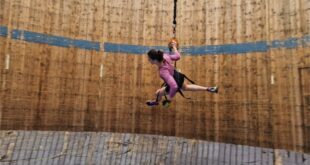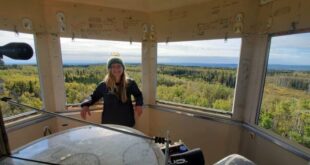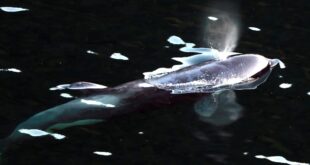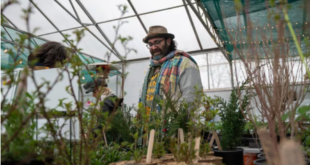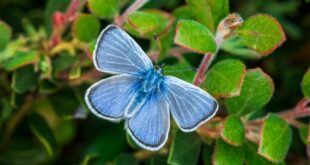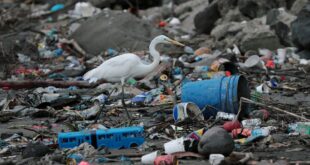School says it will be limiting public access to weekdays only.

Members of an Indigenous archaeological field school are “disheartened” after discovering their dig site in Gatineau, Que., was vandalized twice in the span of a few days.
The team from Anishinàbe Odjìbikan said they first discovered damage and missing items on their site at Lac Leamy, known as Kabeshinàn in Ojibwe, Saturday morning.
Indigenous artifacts are now missing. Screens used to sift through sand and dirt were torn open. Dust pans were tossed in the water. Tables and tents are gone. The grid system, used to keep track of where artifacts have been uncovered, is without the nails used to fasten it down.
“We’re trying to do something. We’re trying to educate people and trying to recover our own artifacts after previous years of genocide,” supervisor Jennifer Tenasco said.
“To come here and be able to occupy the land and pick up our own ancestral artifacts and then to have someone come and destroy all the things that we brought here, and then also take artifacts — it’s very disheartening.”
The team spent the rest of the weekend cleaning up and repairing damaged equipment. Then on Monday, it discovered the site had been vandalized again.
“It’s very frustrating,” Tenasco said.
The National Capital Commission (NCC), which manages the land, has operated an archaeological dig at the lake since 2014. Ian Badgley, an archaeologist with the NCC, said some form of vandalism has happened at the sites every year since.
“It’s very discouraging,” Badgley said. “It costs us to replace the equipment that’s damaged or destroyed, and it also causes the destruction of the archaeological resources.”
‘Immense’ significance to Indigenous communities
It’s the second summer the field school joined the NCC and the first year the team set up its own site, with members of the community invited to join in digging and discovering Indigenous artifacts. It’s the only site targeted by vandalism so far this summer.
“Our communities, our people back home, they’re very upset,” Tenasco said.
She added the site has “immense” archaeological significance, especially to Anishinàbe Algonquin communities. The lake is believed to have been a meeting place for First Nations from across North America for thousands of years, where they would trade food, goods and knowledge.

“It’s the largest complex of pre-European sites that is currently known in the Ottawa River drainage basin,” Badgley said.
Tenasco said the team has found pieces of pottery, arrowheads, hand tools and other evidence of ancient Indigenous activity. The work to uncover more of these artifacts is compromised when the team’s tools are tampered with, she said.
As a result, field school officials are now taking precautions to protect the dig site, including cancelling public digs on weekends for the rest of the month.
The school has also reported the incident to the NCC, which told Radio-Canada it was considering filing a police report.
With files from Radio-Canada
*****
Credit belongs to : www.cbc.ca
 Atin Ito First Filipino Community Newspaper in Ontario
Atin Ito First Filipino Community Newspaper in Ontario
